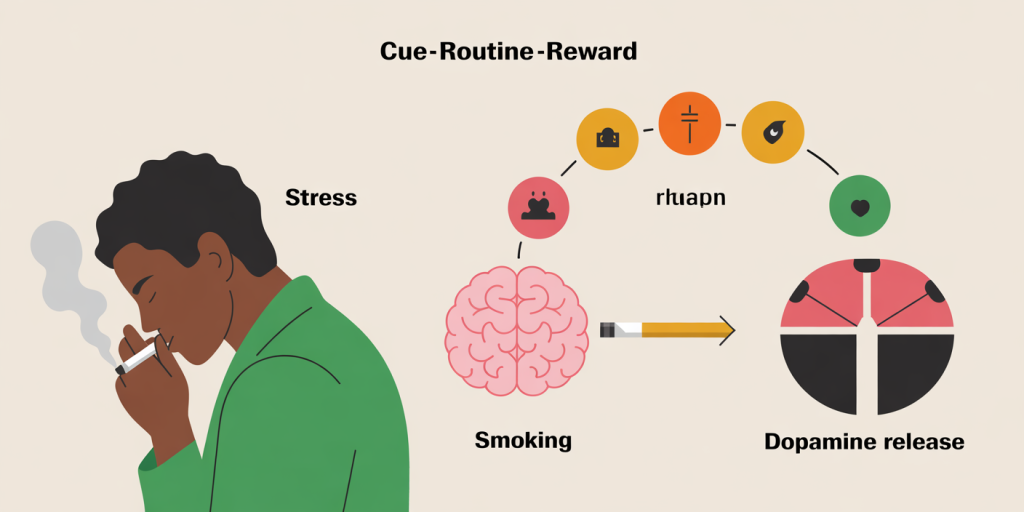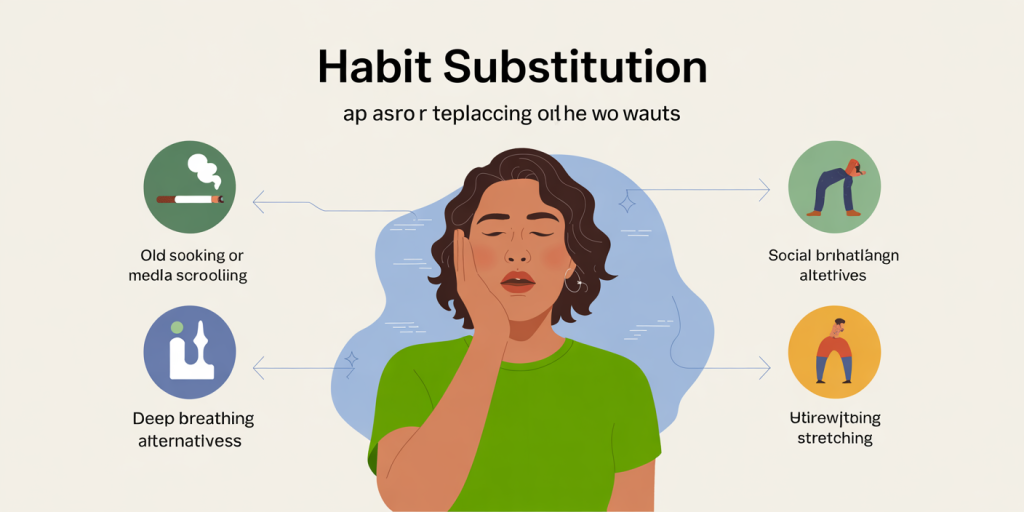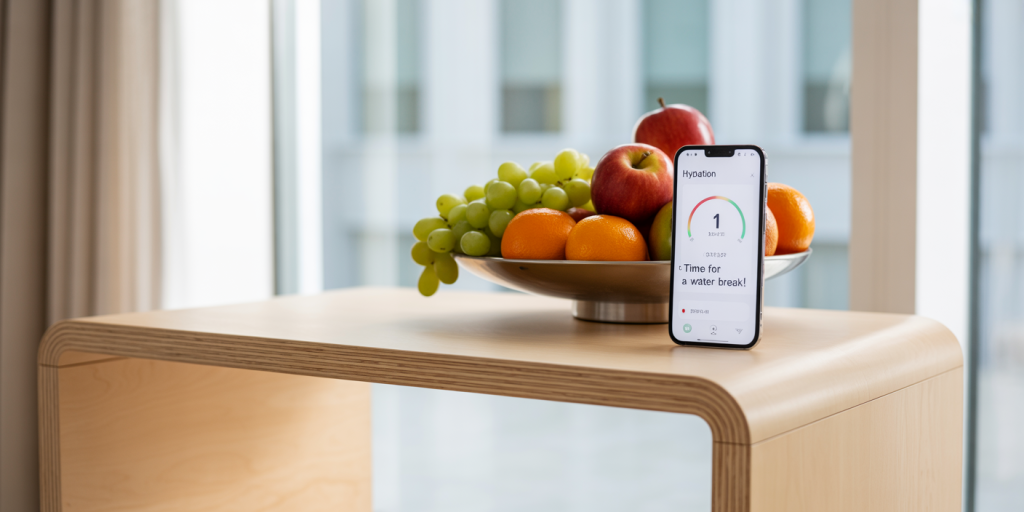Bad habits can undermine health, productivity, and overall well-being. Whether it’s smoking, excessive social media use, or procrastination, breaking these patterns requires more than just willpower. The Cue-Routine-Reward model offers a scientific and practical framework to understand and disrupt habits. This article explores this model’s mechanisms, supported by research and real-world examples, providing actionable strategies to help you effectively break bad habits and cultivate better ones.
Understanding the Cue-Routine-Reward Model: The Habit Loop
The Cue-Routine-Reward model, conceptualized by Charles Duhigg in his bestselling book *The Power of Habit*, breaks down habit formation into three fundamental components. First, the cue is the trigger that initiates the behavior, such as a feeling, time of day, or environmental context. Second, the routine refers to the actual behavior or action performed in response to the cue. Third, the reward is the positive reinforcement or satisfaction received after completing the behavior, which helps cement the habit loop in the brain.
Neuroscience research supports this model by demonstrating how habits are embedded in the basal ganglia, an area responsible for procedural memory and automatic behaviors. According to a study published in *Neuron* (Graybiel & Smith, 2018), the basal ganglia use cues to activate specific routines, which are reinforced by the reward system’s release of dopamine. This physiological process explains why habits can become deeply ingrained yet also changeable if the loop’s components are manipulated.

For example, consider a smoker who lights a cigarette (routine) whenever they feel stressed (cue) because the nicotine provides relief (reward). Over time, the brain links stress with smoking behavior through this habit loop, making the habit automatic.
Identifying Habit Components: The First Step to Change
Breaking a bad habit requires a clear understanding of its components. Start by tracking your behavior patterns over several days or weeks. Creating a habit journal helps identify consistent cues and rewards associated with the behavior. For instance, you may notice that you reach for junk food (routine) after finishing work (cue) because it gives you an energy boost or comfort (reward).
Practical tools like apps or simple note-taking can facilitate this process. In a survey conducted by the University of Scranton (2015), only 8% of people succeed in changing habits annually, often because they fail to identify the cue or misestimate the reward’s power. Being mindful of these elements increases self-awareness and provides leverage to restructure habits consciously.
To provide a concrete example, Angela, a marketing executive, realized she checked her phone compulsively during meetings (routine), often triggered by boredom (cue) and rewarded by a short adrenaline spike from social interaction or novelty (reward). Awareness helped her introduce alternative behaviors, like taking notes or doodling.
| Habit Component | Description | Example (Phone Checking) |
|---|---|---|
| Cue | Trigger or prompt | Boredom or inactivity |
| Routine | The habitual action | Checking phone notifications |
| Reward | Positive outcome | Feeling entertained or engaged |
Disrupting the Habit Loop by Changing the Routine
Once the components are recognized, the most practical way to break bad habits is to keep the cue and reward the same but change the routine. This approach, called “habit substitution,” maintains the brain’s craving but redirects the behavior to a healthier or more productive alternative.

Consider the classic example of someone wanting to quit smoking. Research in the *Journal of Substance Abuse Treatment* (2019) shows that replacing a smoking break with walking or deep breathing exercises can satisfy the craving for a break and reduce tension without harmful effects. The cue (stress) and reward (relaxation) remain, but the routine changes, gradually weakening the old habit.
Another case is digital distraction during work hours. Instead of scrolling social media (routine) after emails pile up (cue) for a dopamine hit (reward), replacing that routine with short mindfulness breaks or stretching can satisfy the need for a mental reset without the downside of distraction.
In practice, the substitution phase requires experimentation and persistence. It may take several iterations to find a routine that fully satisfies the original reward. Being proactive and patient is critical to success, as highlighted in a 2022 study by the American Psychological Association, which emphasizes that habit change takes an average of 66 days to become automatic.
| Habit Example | Cue | Old Routine | New Routine | Reward |
|---|---|---|---|---|
| Smoking | Feeling stressed | Lighting a cigarette | Deep breathing exercises | Stress relief |
| Social media | Boredom after emails | Scrolling social media | Quick stretching breaks | Mental refreshment |
| Junk food binge | Evening downtime | Eating chips or sweets | Drinking herbal tea | Comfort and relaxation |
Using Reward Analysis to Reinforce New Behaviors
The reward is a crucial part of the habit loop, as it reinforces the behavior neurologically. However, not all rewards are equally effective in habit formation or disruption. To successfully replace bad habits, it’s important to analyze and customize rewards to keep motivation high.
For instance, if the original reward was an immediate chemical or sensory payoff (e.g., nicotine or sugar rush), the substitute habit must provide a sufficiently appealing alternative reward. Incorporating positive social feedback, tangible progress tracking, or small celebratory actions can amplify the new routine’s reward effect.
Consider the case of someone overcoming procrastination. The old habit of watching videos (routine) offered immediate entertainment (reward). Swapping this for focused work sessions rewarded by scheduled short breaks with tangible achievements (tracked by a task completion app) can redirect brain chemistry toward productive habits.
Statistics from a 2020 behavioral economics study show that explicit rewards increase habit adherence by 30%, underlining the importance of carefully evaluated rewards in habit remodeling.
Leveraging Environmental Design and Technology
The environment plays an essential role in cue recognition. Altering surroundings can make it easier to break bad habits by minimizing unwanted cues or making alternative routines more accessible. This strategy, combined with the cue-routine-reward model, enhances success rates.
For example, individuals trying to reduce snacking habits might remove junk food from visible areas and replace it with healthy snacks like fruits. This visual cue change disrupts automatic routines while still allowing the reward of satisfying hunger or cravings.
Technology also offers innovative solutions. Apps like Habitica or Streaks incorporate habit loops using reminders (cues), task lists (routines), and gamified points or badges (rewards). These digital tools apply behavior science to create awareness and incentivize positive habit formation.
In workplaces, companies like Google use environmental design to promote healthier behavior—standing desks and communal fruit bowls minimize sedentary cues and encourage better eating habits among employees.
| Strategy | Example | Impact |
|---|---|---|
| Environmental design | Removing junk food visibility | Reduces automatic snacking |
| Mobile apps | Habit tracking and rewards | Improves self-monitoring and motivation |
| Workplace layout | Standing desks, fruit bowls | Encourages movement and healthy eating |
Preparing for Long-Term Success: Future Perspectives in Habit Change

As neuroscience and behavioral science evolve, personalized habit change strategies are becoming increasingly sophisticated. Future approaches may integrate genetic, psychological, and neurobiological data to create tailored interventions that improve habit disruption efficacy. For example, wearable devices could detect physiological cues of craving and prompt substitution routines in real-time.
Moreover, advancements in artificial intelligence could develop individualized reward systems based on user responses, optimizing motivation and habit retention. Virtual reality environments may offer immersive simulations to practice new routines safely before applying them in real life.
Social accountability platforms and community-based habit change programs also present promising avenues. A 2023 meta-analysis in *Behavior Science & Policy* highlights that group support increases habit change success rates by over 40%, showing the power of social rewards and external cues.
Despite these optimistic trends, challenges remain, especially for habits rooted in addiction or trauma. Therefore, integrating clinical support with behavior model methodologies will be essential to address complex habit disruptions effectively.
Deixe um comentário